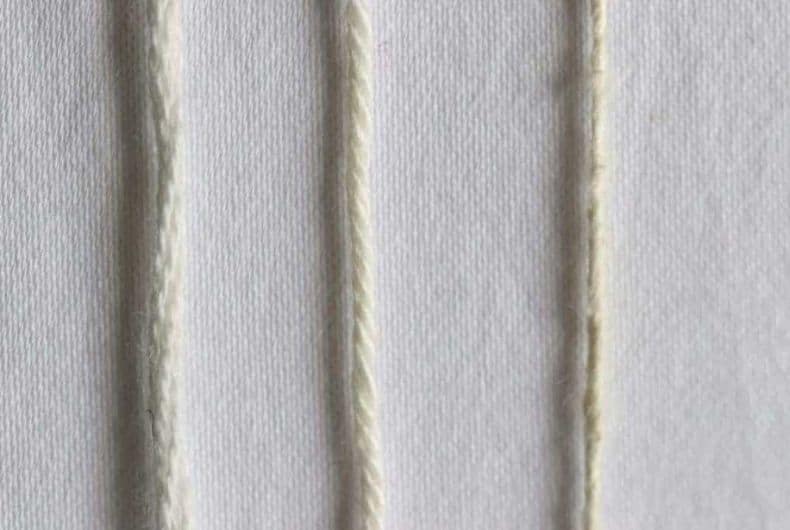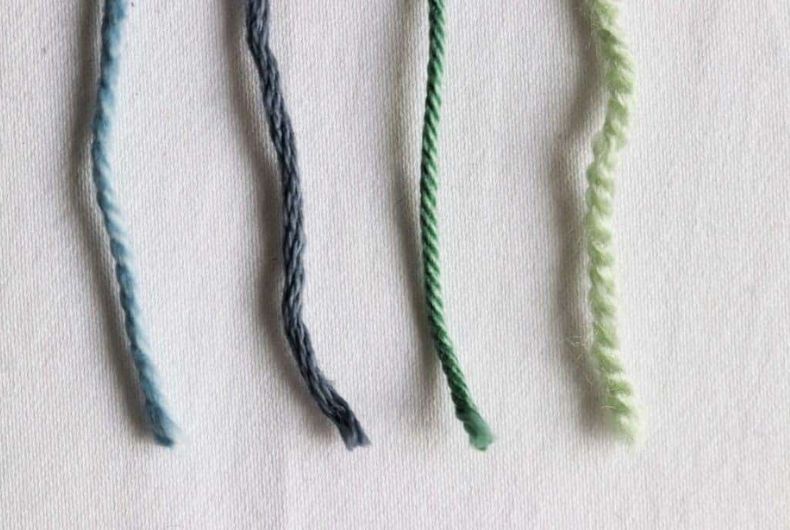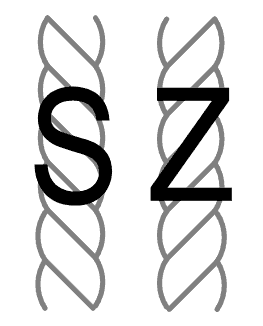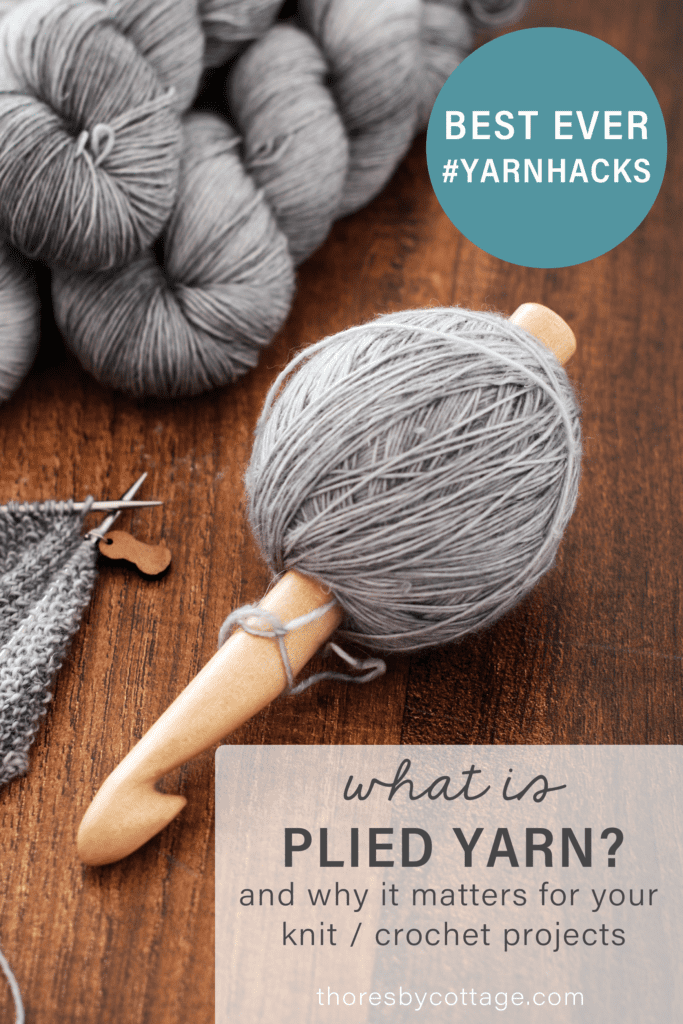What does yarn ply mean? Plying is the process of taking two or more threads and twisting them together to form a stronger thread. Plied threads can be found throughout the needlecraft world and include embroidery and sewing threads as well as yarn.
In the world of yarn, 2-ply yarn means that two strands of yarn have been twisted together. Similarly, 4-ply means that 4 strands have been twisted together. And so on.
The more plies, generally the stronger and more even your yarn will be. Those of you who have worked with singles (a single strand of yarn that may be twisted but is not plied with another yarn strand) will know that if you pull too tightly on the yarn that it will come apart.
Plied yarns also tend not to pill as much as non-plied yarn.

It is important to note that naming terminology in the yarn world has become a bit murky. In many countries, yarn plies are used to describe the weight of the yarn and have nothing to do with the actual number of plies in the yarn. For example, 4 ply yarn can refer to sport weight yarn (which may only have one ply) and not to the number of strands twisted together.
You can always check the number of plies by carefully rolling the end of a piece of yarn in the opposite direction to the ply. This will untwist the yarn and you can count the number of strands.
Yarn weight vs yarn ply
Does yarn ply affect yarn weight? Sort of… if you are comparing yarn where the thickness of the individual plies is the same, then naturally more plies will mean a thicker yarn.
But, if the starting strands are different thicknesses (as is the case with most yarns at the store) then ply really doesn’t affect yarn weight. A perfect illustration of this is to compare 2 ply yarn vs 6 ply embroidery floss. While the yarn is only made up of 2 plies, it definitely has a larger weight than the embroidery floss.
If you have a mystery ball of yarn, consider using the wraps per inch method to determine yarn weight.

Yarn plies and splitting
Plies can also be worked tightly or loosely. Depending on how your yarn is plied will determine if it is prone to splitting. Loosely plied yarn will split more easily because your hook or needle can pass more easily between the plies.
A tightly plied yarn is less prone to splitting and gives good stitch definition (this is good for amigurumi! Have a look here for some more amigurumi tips)
S twist vs Z twist
S or Z twist refers to the direction that the yarn is twisted when it was manufactured.
If the yarn is twisted to the left, the twists will form an S shape. If the yarn is twisted to the right, the twists will slant upwards to the right which is a Z twist.

So why does twist matter? Well, depending on how you knit or crochet, and what yarn you are using, you will either add or remove twist as you work.
If you add twist, your yarn will become tighter and more twisted. This means that it will be slightly easier to work with, stronger and less likely to split or pill.
On the converse, if you remove twist, your yarn will become more slack as the plies separate. This makes it a little more difficult to work with and more prone to splitting.
Most yarns are S twist yarns. For many knitters this is great as knitting in the typical English or continental style will add twist. Crocheting, however, will remove twist from S twist yarns. Have a look here for a useful table showing how different stitches add or remove twist.
Why care about yarn plies?
- Using roving (unplied fibre) or a singles yarn for a durable project isn’t a good idea as it will wear through.
- If you are looking for better stitch definition (smooth rather than fuzzy), look for yarn that has more plies.
- Since single or unplied yarn tends to pill, if you are working on a complex stitch pattern or are prone to having to frog your work, then consider using a plied yarn instead. Every time you unpick your work with an unplied yarn, you will end up with unwanted fuzz and possible even breakages in your yarn.
- If you are struggling to obtain gauge or your yarn keeps on splitting, it may not be you or your hooks / needle, it may be your yarn!
More about yarn!
I hope that you found this article helpful. Have a look here for more free patterns and tutorials.
Happy stitching!


Fantastic learning tool! Thank you so much for taking the time to share your knowledge with fellow stitchers. We all want our yarn crafts to have a happy ending!
Thank you for the education on the yarn! I never knew that their was so much more to yarn!
I still think that the best way to do a test on yarn is to a small a small sample.
Absolutely! A gauge swatch is so useful.